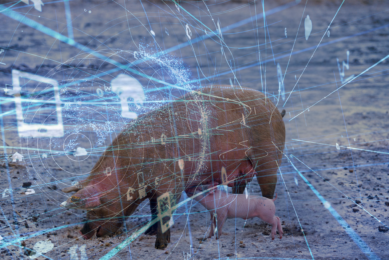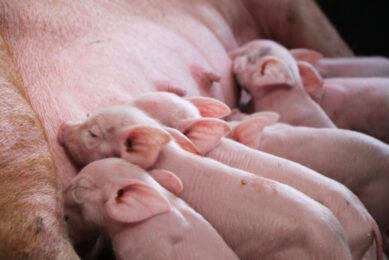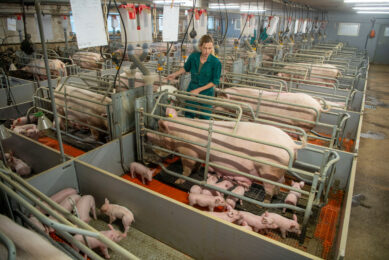Interview Xandra Benthem de Grave: ‘Nutrient tool helps optimise sow feed during gestation’
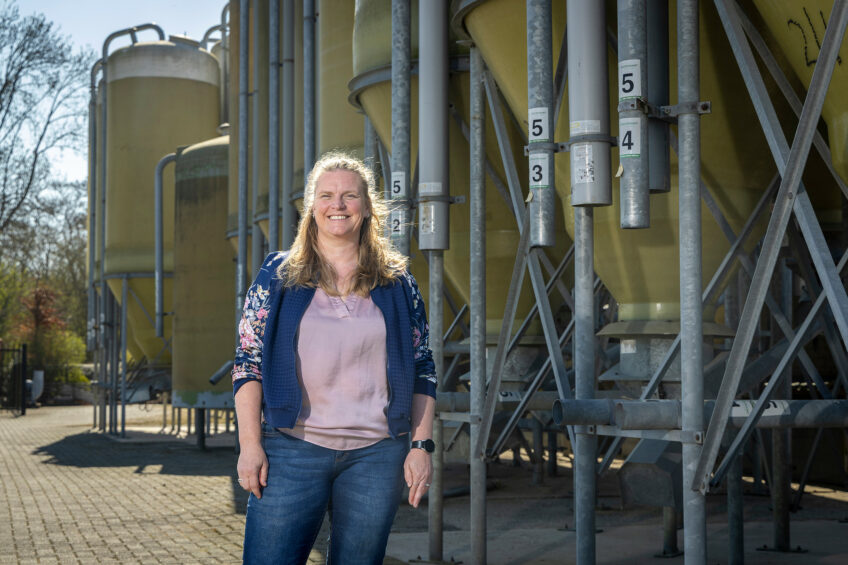
The SowModel from Schothorst Feed Research maps the nutrient needs of gestating and lactating sows. The sow model was co-developed by Xandra Benthem de Grave.
The model meets a need. But it is and remains a tool. Nutritionists and advisors must continue to think critically.”
Together with several colleagues at Schothorst Feed Research, Xandra Benthem de Grave has invested a great deal of time and energy in recent years into the development of the SFR SowModel. This sow model maps the nutritional requirements of gestating and lactating sows under different conditions. “We are still in the rollout phase this spring, but the model has been launched. I am proud and relieved.”
Our model adjusts the input factors to the situation, so that you always get a suitable outcome.”
What prompted the development of the sow model?
“The question to develop such a model was raised 10 years ago by our customer group. We recognised the need. We want to be able to determine the nutrient requirement of the sow. How much net energy, SID lysine, available calcium and digestible phosphorus does a sow need during different stages of a cycle? Previously, the nutrient requirement was expressed in grams per kilogram. That has shifted towards grams per day. But you cannot actually summarise the requirement in one figure. Every situation is different. There are many variables, such as genetics, climate, weight and weaning age. We want to be able to determine the nutrient requirement for each specific situation.”
How did you approach it?
“We looked at existing formulas that are used to determine the nutrient needs of sows. We also used the research of Carola van der Peet and Paul Bikker from WUR. They examined these formulas in more detail and published them in a report. Those formulas are based on fixed input factors. Our model adjusts the input factors to the situation, so that you always get a suitable outcome.”
How long did it take to develop the model?
“It was a massive project. Meanwhile, our on-farm research continued. There were periods when we did not work on the sow model at all. Once we had made considerable progress in Excel, we hired an external expert to further improve the model. A web application is also set to launch this spring. Currently, we are still working on writing a manual and background information on the precise structure of the model.”
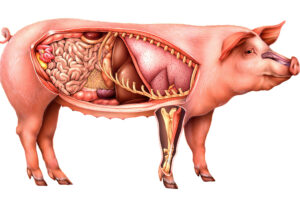
What insights does the model provide?
“The model offers interesting insights. The recovery period at the beginning of gestation requires more feed and/or more concentrated feed. The nutrient requirement of the sow during this period is even higher than we thought. If you think logically, it is correct. A sow produces so much milk. That really goes like clockwork. The weight loss is quite significant, more than 5 to 10 years ago. The weight loss during lactation must be restored. The feed supply should be higher at the beginning of pregnancy. at the end of gestation. This is already partly applied in practice.”
What does this suggest in terms of advice?
” The weight loss, sometimes up to 30 kilos, is significant and must be recovered. We need to prevent a sow from depleting her own reserves. That recovery must take place in the early stage of gestation. Should we aim for a very rapid recovery in sows, or allow more time for this phase? We don’t know the exact answer yet. What is certain is that a sow will no longer recover at the end of gestation—her energy is then directed entirely to the piglets. Ideally, you want the sow’s weight to be back to normal by the time lactation begins. But we are also seeing deficiencies arise toward the end of gestation.”
What is causing this?
“We’re seeing that the sow starts mobilising muscle tissue at the end of gestation. Muscle mass decreases. This has a negative effect on the quality of the smaller piglets, leading to greater variation within a litter. That’s something you want to avoid. As a pig farmer, you aim for uniformity. We suspect this is a more recent development. In the past, a sow had more fat reserves to draw on.”
The model clearly indicates that if you feed more specifically per phase, you also come closer to the sow’s needs.”
Are sows being fed sub-optimally?
“Yes, in many cases they are. The question is whether you should always feed exactly according to their needs. A sow is very capable of compensating. Ideally, you would feed according to actual needs. That’s not always practically feasible, but you do need to stay within a certain bandwidth. We advise feeding two types of feed during gestation. We also recommend providing both a transition feed and a lactation feed during lactation.”
Is there still room for improvement?
“We still don’t know everything about the sow. On most farms, sow weights are not known—though backfat thickness is measured. Weighing sows is a bit tricky, of course. But weight is a valuable input factor for the model. The more input you provide, the more accurate the output, and the better you can feed the sows according to their needs. If you realise how much we ask of a sow, then it really is necessary.”
Does the model show the basis of feeding advice and schedules?
“Using various input factors such as weight, litter size and weaning age, the model can accurately determine the sow’s needs down to the day. That goes a long way. We look at it per feeding phase. It identifies when the sow has a nutrient deficiency and when there might be an excess. Which is neither good for the sow nor for the wallet.”
Is there a tension there?
“Yes, that’s right. The model provides insight into what you are doing and at which points during the cycle you could adjust the composition, feed level or feed type. The model clearly indicates that if you feed more specifically per phase, you also come closer to the sow’s needs. There are practical reasons why this can’t always be done. The maximum feed intake during lactation differs per farm. If it is not possible to go from 8 to 9 kilos, it is better to adjust the composition and add extra nutrients. The model provides advice for the nutrient content in this specific situation.”
What are the first reactions?
“They’re positive. With the practically applicable model, scenarios can be compared side by side. Different outcomes emerge. For example: What do you have to do to gain half a kilo of weaning weight per piglet? These are practical questions that really do play a role. The model’s outcomes are not translated directly into practice one-to-one, but it clearly shows in which direction you should go nutritionally.”
Is the model fully developed?
“The aim is to further develop the model based on new insights. The health status of farms has not yet been taken into account. That turned out to be too complicated for now, but that is an important note for those who will apply the model. A higher disease pressure requires a higher nutrient requirement for maintenance. It is and remains a model, a tool to help feed the sow better. Nutritionists and advisors must continue to think critically.”



